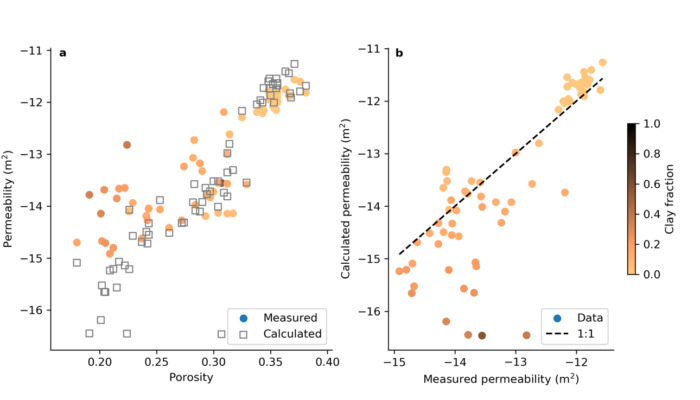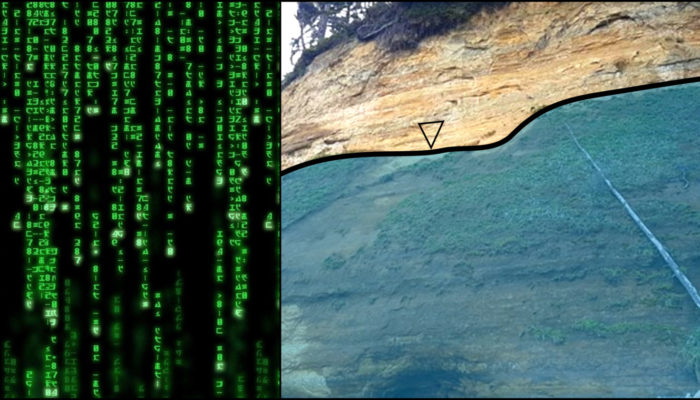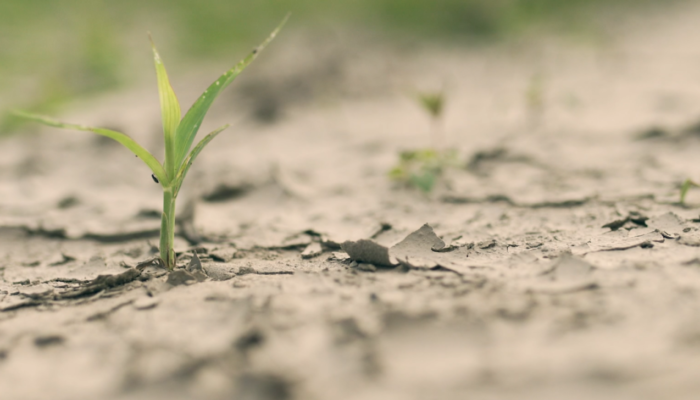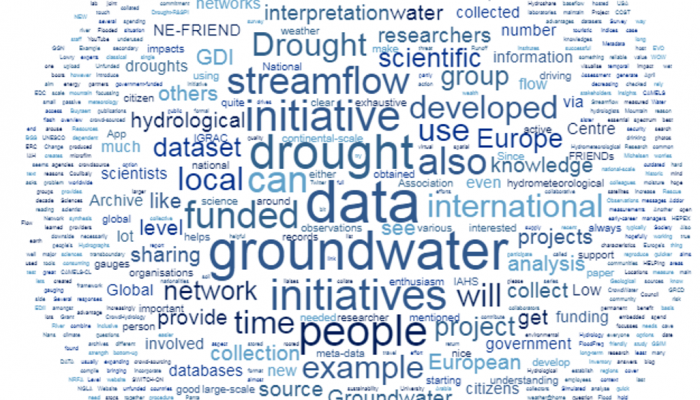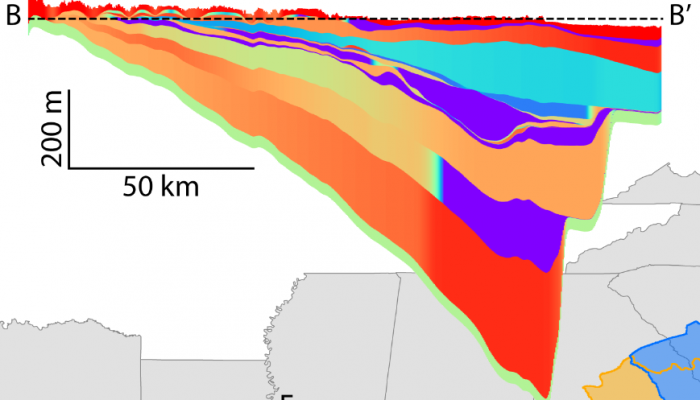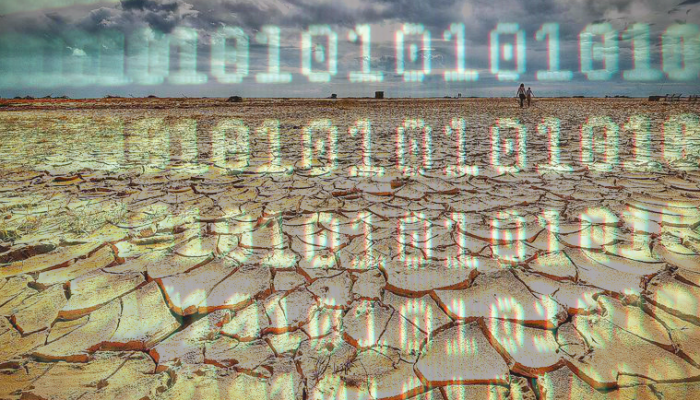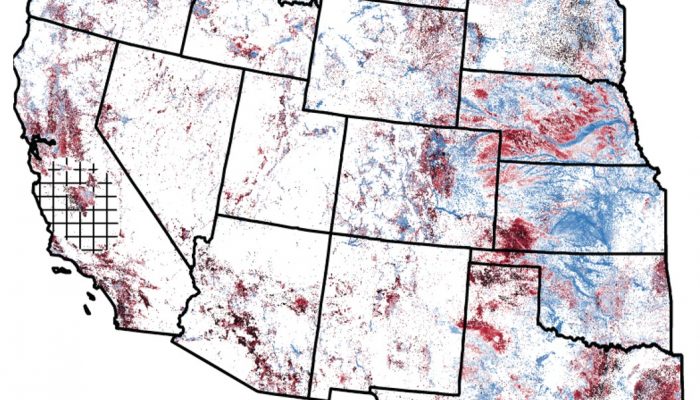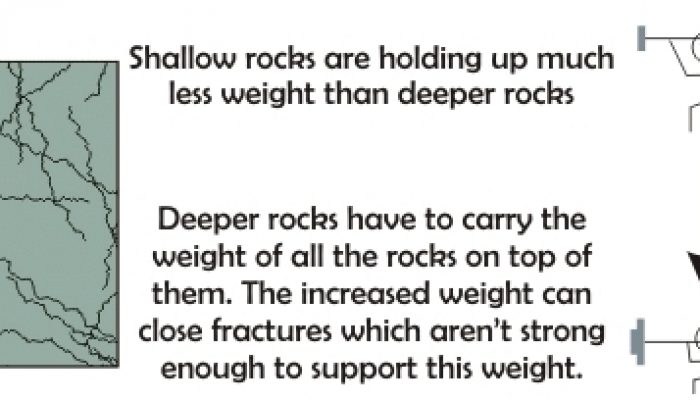Post by Elco Luijendijk, Junior lecturer in the Department of Structural Geology and Geodynamics at Georg-August-Universität Göttingen and WaterUnderground founder Tom Gleeson (@water_undergrnd), Associate Professor in the Department of Civil Engineering at the University of Victoria. Most of the groundwater on our planet is located in sedimentary rocks. This is why it is important to know how eas ...[Read More]
Doing Hydrogeology in R
Post by Sam Zipper (@ZipperSam), current Postdoctoral Fellow at the University of Victoria and soon-to-be research scientist with the Kansas Geological Survey at the University of Kansas. Using programming languages to interact with, analyze, and visualize data is an increasingly important skill for hydrogeologists to have. Coding-based science makes it easier to process and visualize large amount ...[Read More]
Update on the groundwater situation in Cape Town
Post by Jared van Rooyen, PhD student in Earth Science at Stellenbosch University, in South Africa. When the Cape Town water crisis first emerged it took almost a year before active contingencies were put in place. Four major ideas were proposed: (1) Intense water restrictions for municipal water users, (2) greywater recycling facilities, (3) groundwater augmentation of water supplies, and (4) des ...[Read More]
Data sharing: an update on new and existing initiatives
Post by Anne Van Loon, Gemma Coxon, and Bentje Brauns. Last year, Anne Van Loon wrote about data sharing initiatives in hydrology (“Data drought or data flood?” 28 May 2018). This post gives an update on existing and new initiatives. CAMELS (Catchment Attributes and MEteorology for Large-sample Studies) The CAMELS datasets are expanding: from the United States and Chile to Great Britain and Austr ...[Read More]
How deep does groundwater go? Mining (dark) data from the depths
Post by Kevin Befus, Assistant Professor at the College of Engineering and Applied Science at the University of Wyoming, in the United States. __________________________________________________ We’ve all been asked (or do the asking), “where does your water come from?” This is a fundamental question for establishing a series of additional questions that can ultimately help define strategies for va ...[Read More]
Data drought or data flood?
Post by Anne Van Loon, Lecturer in Physical Geography (Water sciences) at the University of Birmingham, in the United Kingdom. __________________________________________________ The basis for (almost) all scientific work, at least in the earth and environmental sciences, is DATA. We all need data to search for the answers to our questions. There are a number of options to get hold of data; we can ...[Read More]
Western water wells are going dry
Post by Scott Jasechko, Assistant Professor of Water Resources at the University of Calgary, in Canada, and by Debra Perrone, Postdoctoral Research Scholar at Stanford University, in the United States of America. __________________________________________________ Wells are excavated structures, dug, drilled or driven into the ground to access groundwater for drinking, cleaning, irrigating, and coo ...[Read More]
A new data portal for permeability!
Permeability data is tucked many dusty corners of the web and in even dustier reports, books and thesis. The purpose of the Crustal Permeability Data Portal is to ‘unearth’ (pun intended!) permeability data by providing links to online, peer-reviewed permeability data that is open to anyone around the world. This data portal collates links to other data sources rather than hosting data and is a co ...[Read More]
Communicating research results through comics: is the permeability of crystalline rock in the shallow crust related to depth, lithology, or tectonic setting?
Mark Ranjram, a Masters student in my research group, wrote a paper on crystalline permeability that is coming out in a special edition of Geofluids on ‘Crustal Permeability’ early in 2015 (other cool papers in early view here). Here is Mark’s awesome response when I asked him if he wanted to write a plain language summary:

